Vanguard Dividend Appreciation ETF: Is VIG the Right Choice for Your Investment Portfolio?
Vanguard Dividend Appreciation ETF: Is VIG the Right Choice for Your Investment Portfolio?
The Vanguard Dividend Appreciation ETF (VIG) is a widely recognized dividend-focused exchange-traded fund, boasting over $100 billion in assets under management. But is VIG a good fit for your investment strategy, and can it support your long-term financial goals? Here's what you need to know before adding it to your portfolio.
What Is the Vanguard Dividend Appreciation ETF (VIG)?
VIG is an index-tracking ETF designed to mirror the performance of the S&P U.S. Dividend Growers Index. This index focuses on U.S. companies with a track record of increasing their dividends for at least 10 consecutive years. To construct the index, the top 25% of highest-yielding stocks are excluded. The remaining companies are weighted by market capitalization, giving larger firms more influence in the fund's overall performance.
The dual focus here is clear: VIG targets stocks with steady dividend growth, not just high yields. By avoiding the highest-yielding companies, VIG aims to prioritize stability and growth potential over maximum current income.
VIG Performance: Total Returns and Dividend Growth
Historically, VIG has delivered solid total returns, although it has lagged behind the S&P 500 in recent years. However, VIG's dividend growth rate has generally outpaced that of the broader index, making it attractive to those who value rising income streams over time.
Currently, VIG offers a dividend yield of around 1.8%. While this is slightly higher than the S&P 500's approximate 1.2% yield, the difference may not be significant for those seeking immediate income. VIG is best viewed as a long-term total return investment, emphasizing both capital appreciation and growing dividends rather than high income today.
Who Should Consider VIG?
VIG's long-term approach may suit younger investors or those with a lengthy investment horizon. Individuals in their 20s or 30s who reinvest dividends can benefit from compounding and potentially see a substantial yield on their original investment by retirement age.
Conversely, retirees or those approaching retirement—and seeking immediate, higher income—may find VIG's current yield insufficient. To live off VIG's income alone would require a significant capital base.
Alternative for Income-Focused Investors
If high yield is your priority, consider alternatives such as the Schwab US Dividend Equity ETF (SCHD), yielding around 4%. SCHD uses a strategy that prioritizes high-quality stocks combining high yield with dividend growth, making it a strong candidate for those needing immediate portfolio income.
Conclusion: Is VIG Right for You?
The Vanguard Dividend Appreciation ETF offers a blend of dividend growth and solid total returns, making it a solid choice for investors with a long time horizon and a focus on compounding wealth rather than current income. However, those who need substantial, immediate portfolio income may be better served by higher-yield alternatives like SCHD.
This content is for informational purposes only and does not constitute financial advice.

